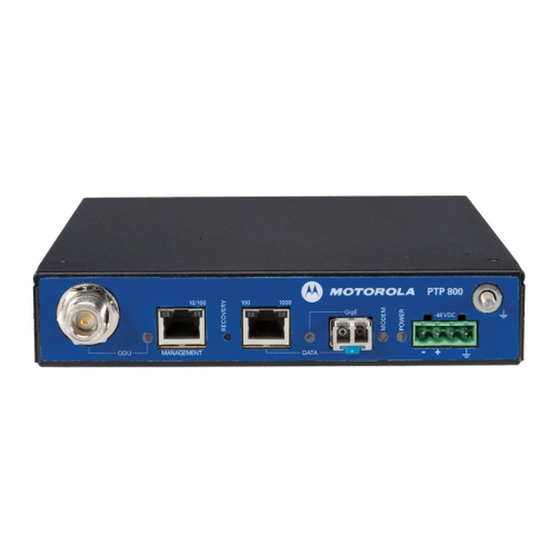
User Manuals: Cambium Networks PTP 800 Series Solution
Manuals and User Guides for Cambium Networks PTP 800 Series Solution. We have 1 Cambium Networks PTP 800 Series Solution manual available for free PDF download: User Manual
Cambium Networks PTP 800 Series User Manual (648 pages)
Brand: Cambium Networks
|
Category: Switch
|
Size: 12 MB
Table of Contents
-
-
-
Overview42
-
Key Features42
-
Link Types46
-
-
-
Transceivers59
-
-
Web Server91
-
Email Alerts94
-
Snmp94
-
AES License100
-
Recovery Mode102
-
Software Upgrade102
-
Fips 140-2110
-
FIPS 140-2 Mode111
-
-
-
Link Planning114
-
Process114
-
Site Selection115
-
Wind Loading115
-
PTP Linkplanner117
-
-
-
-
-
-
Ordering Cmus169
-
Ordering Odus181
-
Ordering Omks202
-
-
-
-
-
Definitions212
-
Grant of License212
-
Confidentiality214
-
Maintenance215
-
Transfer215
-
Updates215
-
Disclaimer216
-
Governing Law217
-
Term of License217
-
U.S. Government217
-
Assignment218
-
Entire Agreement218
-
-
Event Messages306
-
Notifications316
-
ETSI Method318
-
FCC Method320
-
-
-
-
-
Preparation392
-
-
-
-
-
-
-
-
Logging out566
-
Managing Alarms567
-
Rebooting621
-
-
-
-
Check RFU Status639
-
-
-
Glossary645
-
Advertisement
